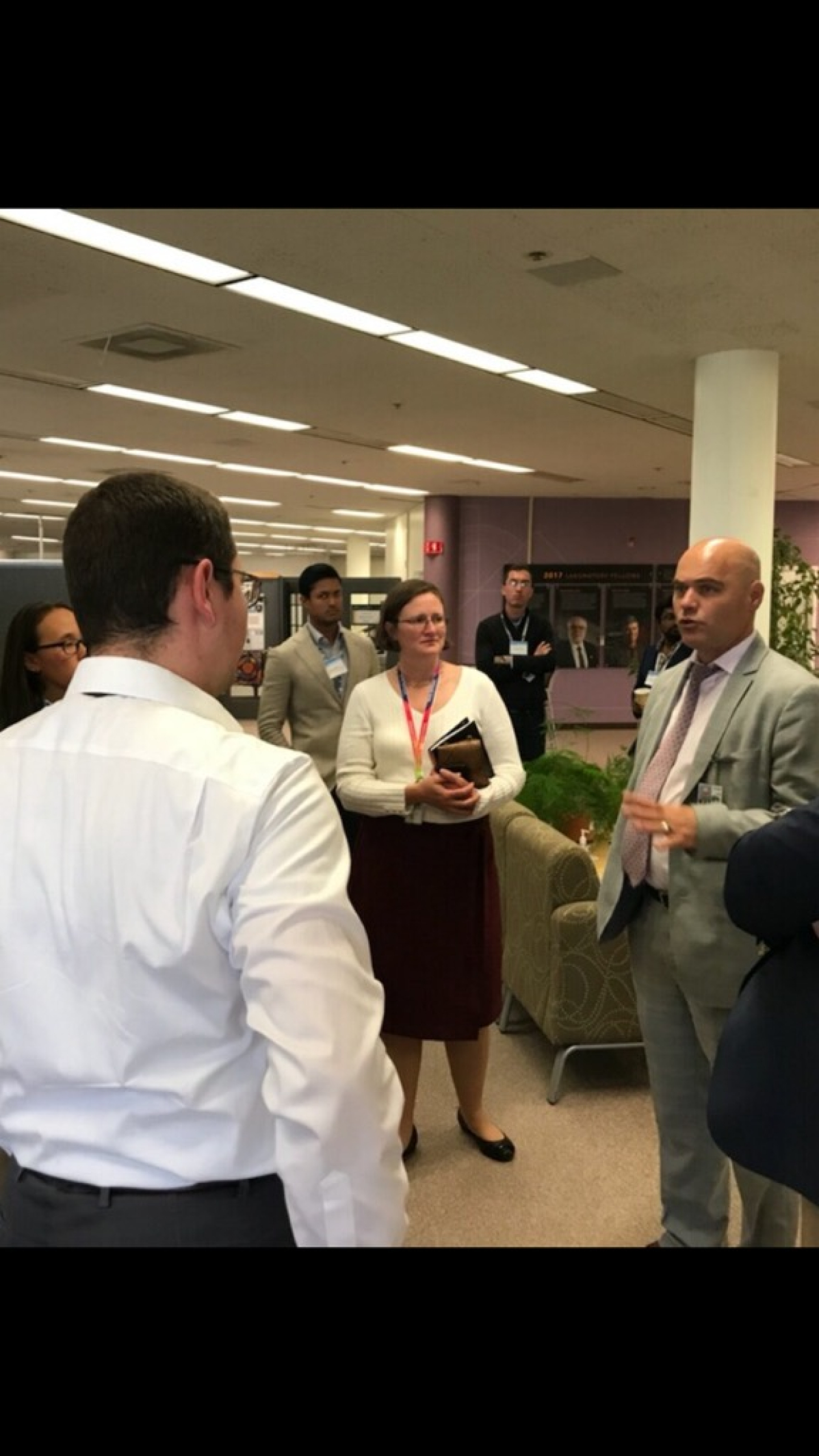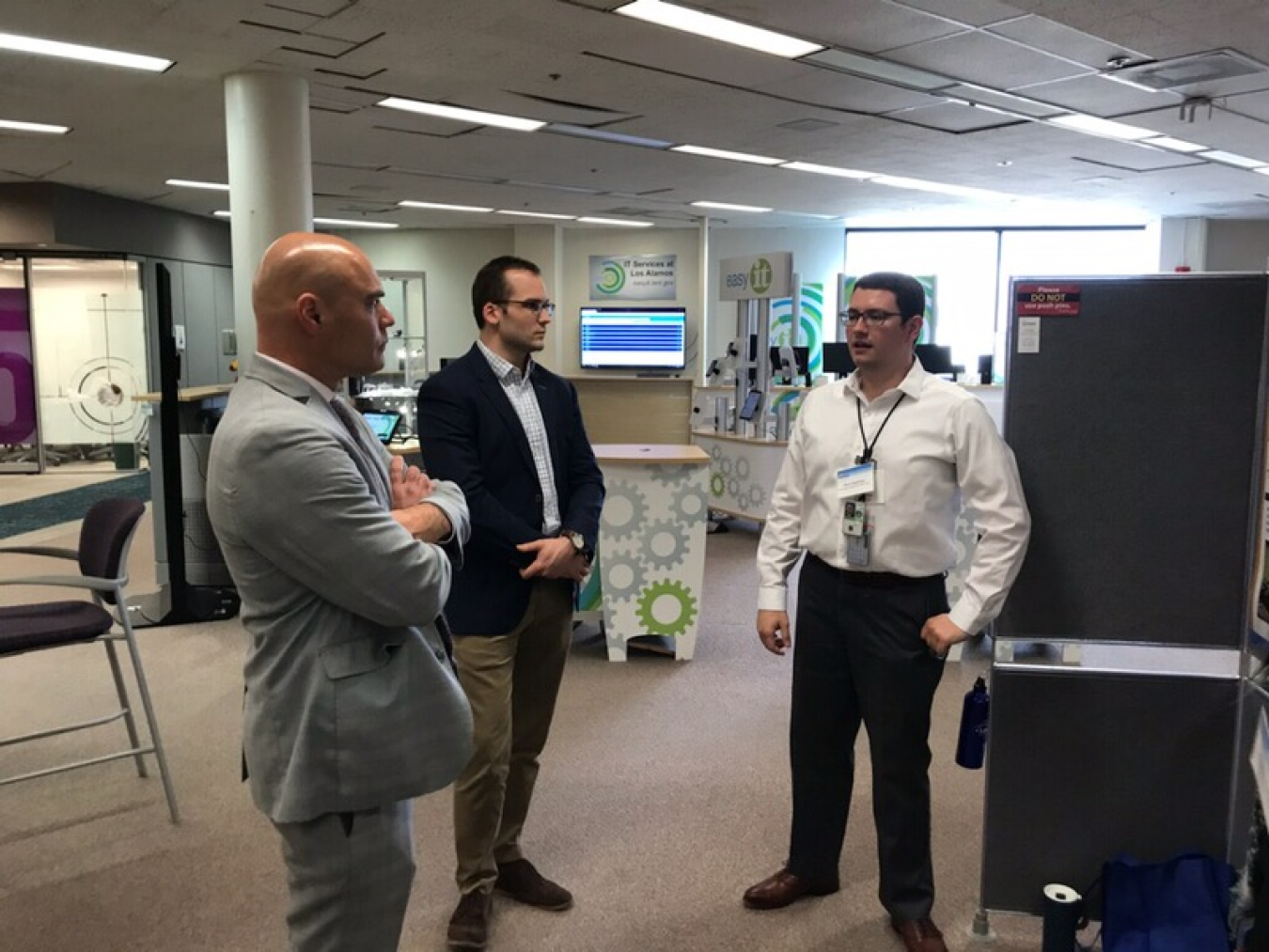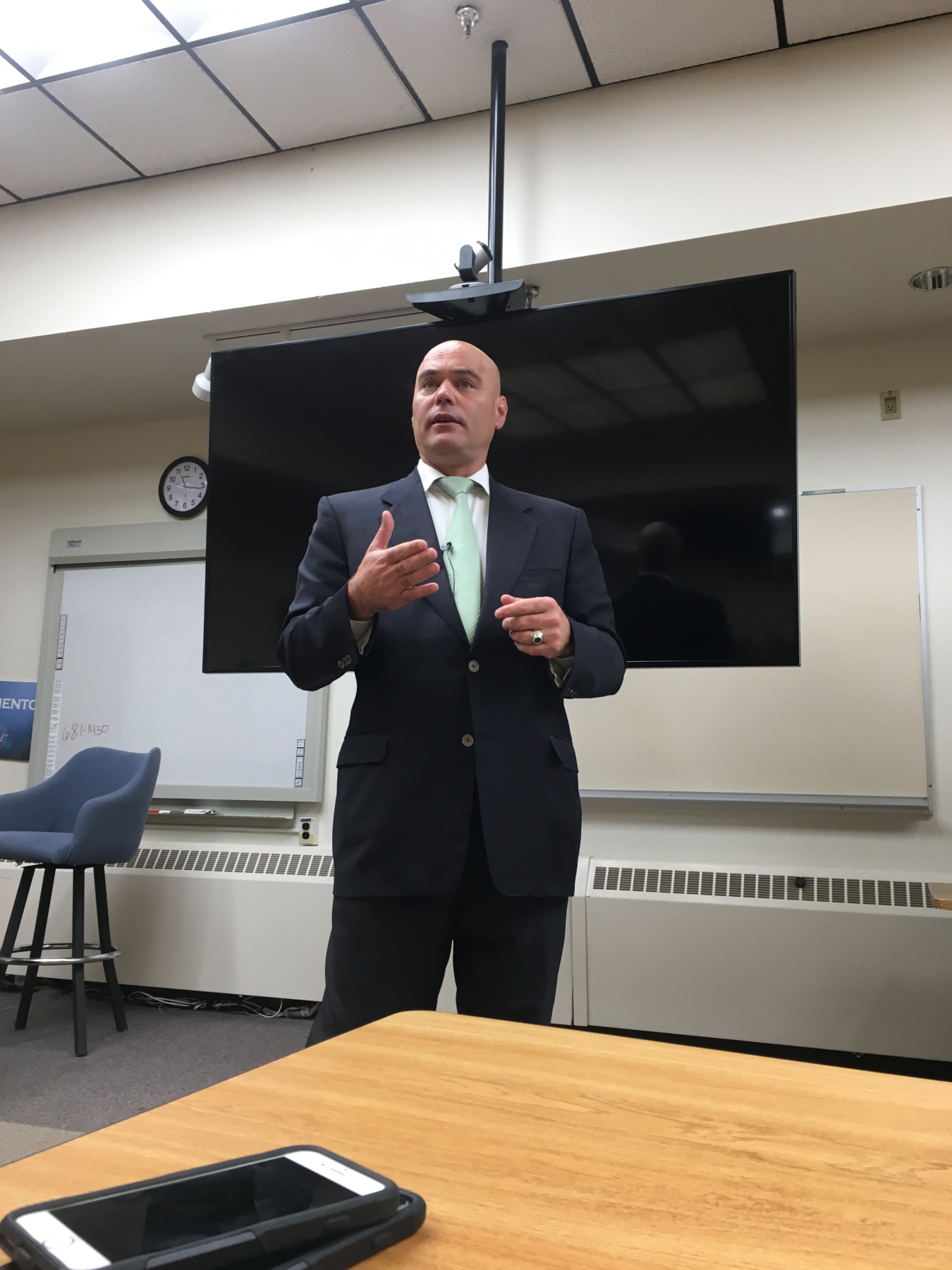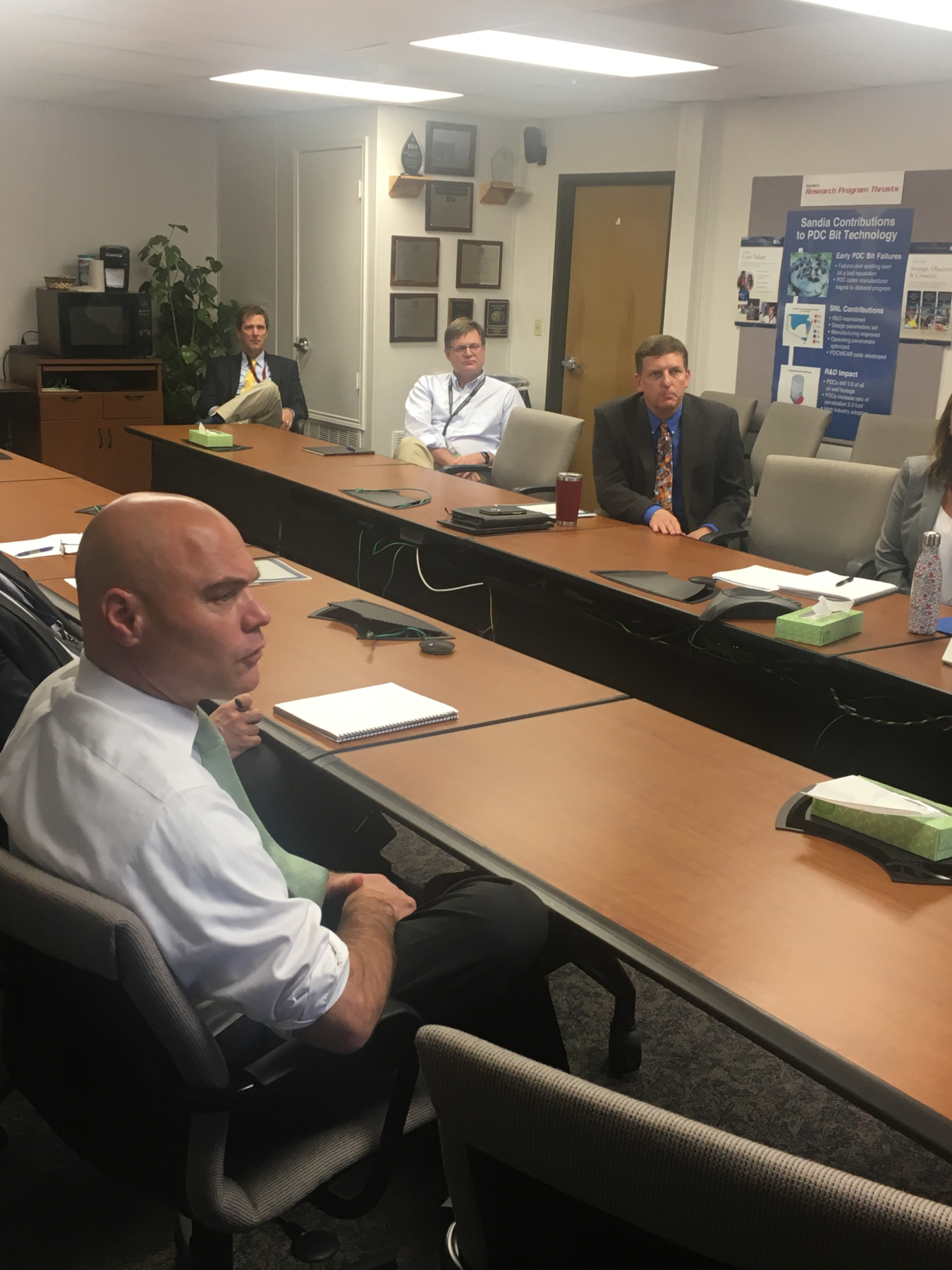Innovation and Commitment at Los Alamos and Sandia National Laboratories to Make the Grid More Resilient and Secure
October 26, 2018A secure and resilient power grid is vital to national security, a strong economy, and the services Americans rely on every day. The Office of Electricity (OE) leads the Department’s efforts to ensure the nation’s critical energy infrastructure is secure and able to recover rapidly from disruptions. Every day, we are working closely with our private and public partners to meet this mission.
This week, I traveled to two of DOE’s national labs – Los Alamos (LANL) and Sandia (SNL) – to meet with researchers and staff about the vital work they are doing to make the nation’s energy infrastructure, including the nation’s power grid, more secure and resilient. Since the 1940’s, both labs have played a critical role in keeping America secure. Their commitment and innovation are clearly just as strong today, as seen in the significant contributions they are making to our efforts to create a stronger, more reliable North American energy system.
During my visit to Los Alamos, discussions covered a broad range of topics, including the North American Energy Resiliency Model (NAERM), grid-scale storage, and critical infrastructure protection. OE and LANL synergies are numerous, especially on the modeling front. Working with the national labs and relevant stakeholders, we are developing an integrated North American Energy Resiliency Model (NAERM) to conduct planning and contingency analysis that will examine vulnerabilities in the North American energy system. The Model will incorporate relevant assets of the integrated energy grid, identify potential infrastructure investments to improve resiliency, mitigate risks associated with energy system interdependencies, and allow for sequencing of events to better understand risk across critical energy infrastructure sectors. OE will leverage much of LANL's work on modeling, especially on the natural gas side, to better inform the NARM and future investments. LANL researchers are also providing key input into critical infrastructure protection such as the reliability of grid after the loss of fuel-secure generation. That work, in turn, will inform our Defense Critical Electric Infrastructure (DCEI) efforts. LANL’s work on microgrids will also be critical in helping build the grid of the future and informing our efforts in Puerto Rico.


After visiting Los Alamos, I traveled to Sandia where I met with researchers on a vital component that will ensure a more reliable, resilient, and modern grid: utility-scale storage. Two prime areas of focus at Sandia regarding storage are driving down costs and working to achieve longer charge cycles. Sandia will be one of the lead national labs working to achieve those important goals. Researchers there are also modeling interdependencies within the electric system to better understand the effects of threats and cascading effects on the system. SNL is also doing important threat mitigation research by analyzing the implications of electromagnetic pulse (EMP) and cyber attacks. Other discussions addressed Sandia’s extensive microgrid research and use of its microgrid test lab which are informing our work in Puerto Rico and our microgrid efforts in all 50 states.


All in all, the discussions and tours during my time at Los Alamos and Sandia were extremely productive. I would like to thank my hosts and everyone who participated in these meetings. As we all continue working together to make the North American energy system more resilient and secure, I commend the invaluable work being done at LANL and SNL – and, indeed, across DOE’s national labs – and look forward to additional progress with our partners in the future.

